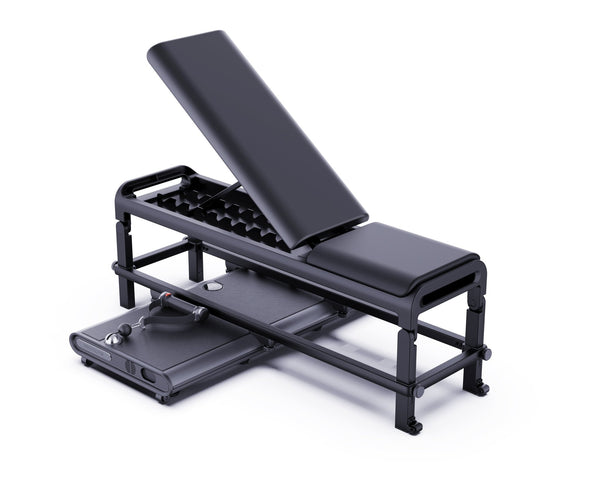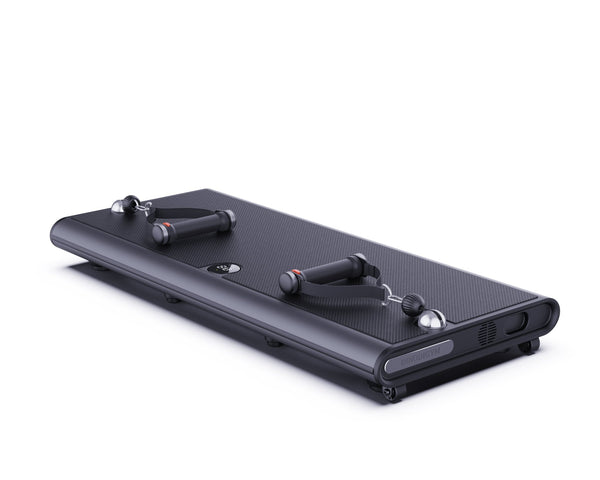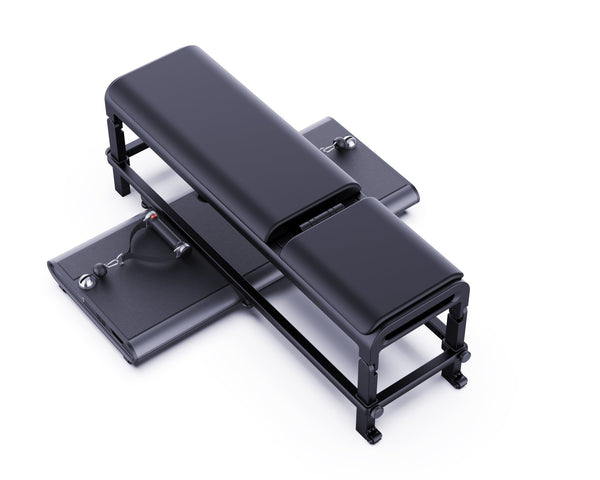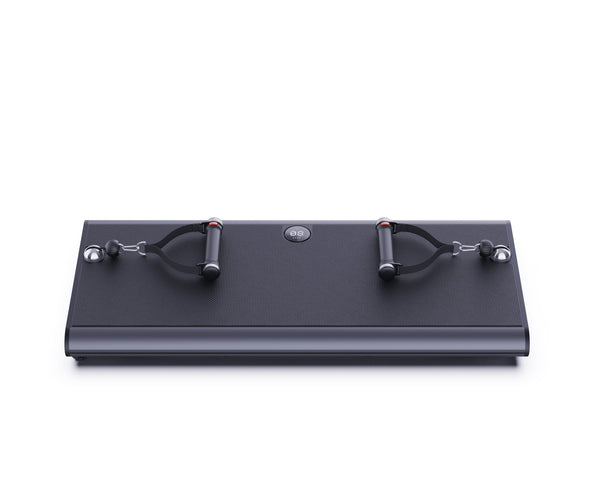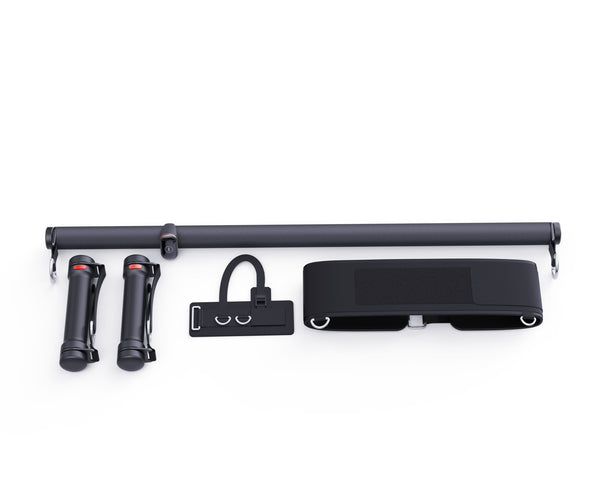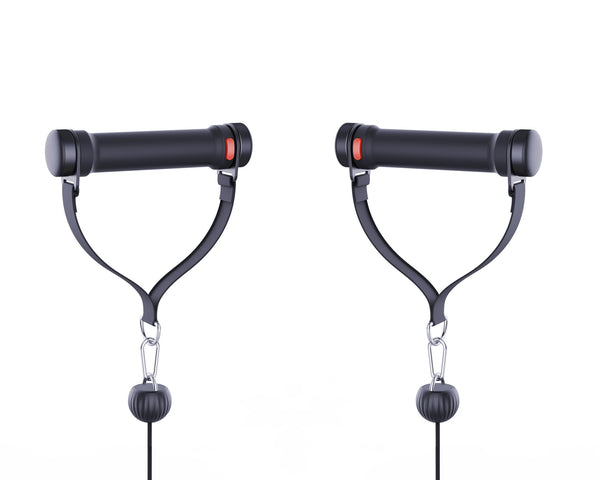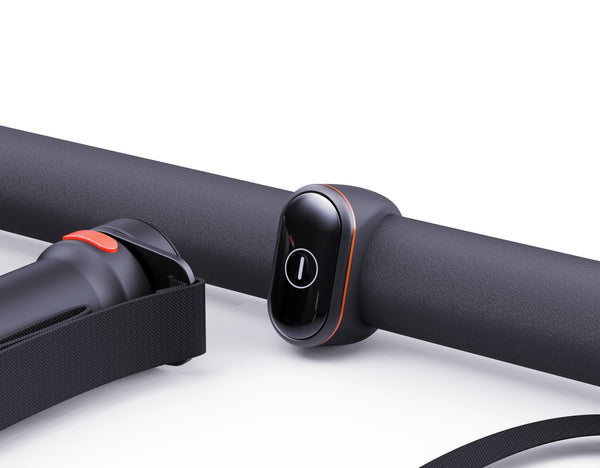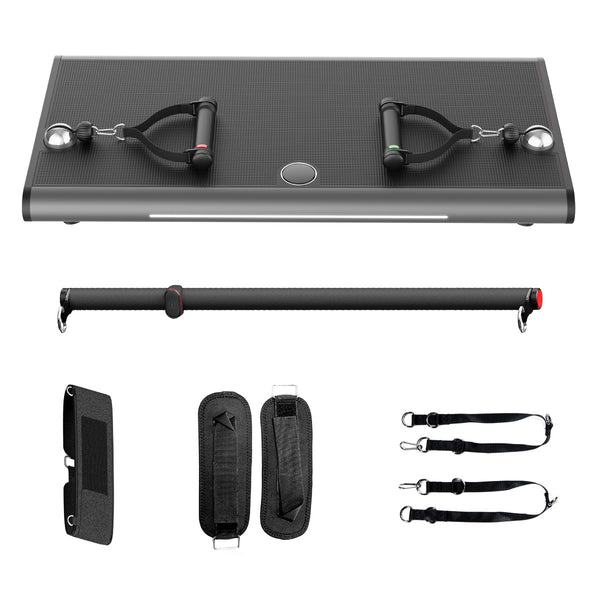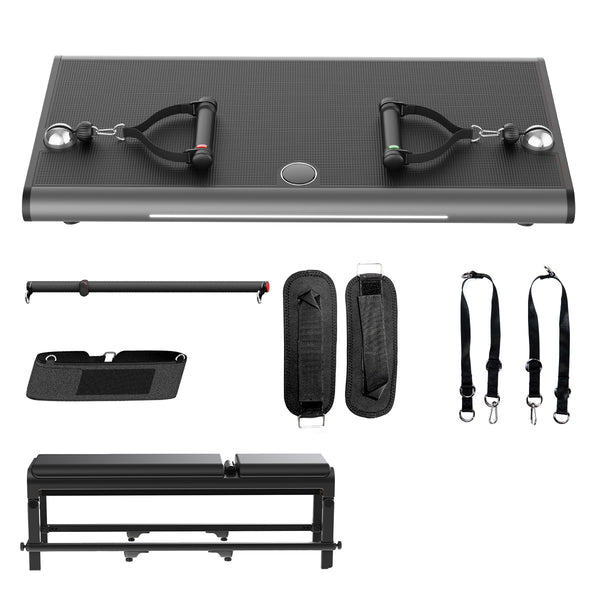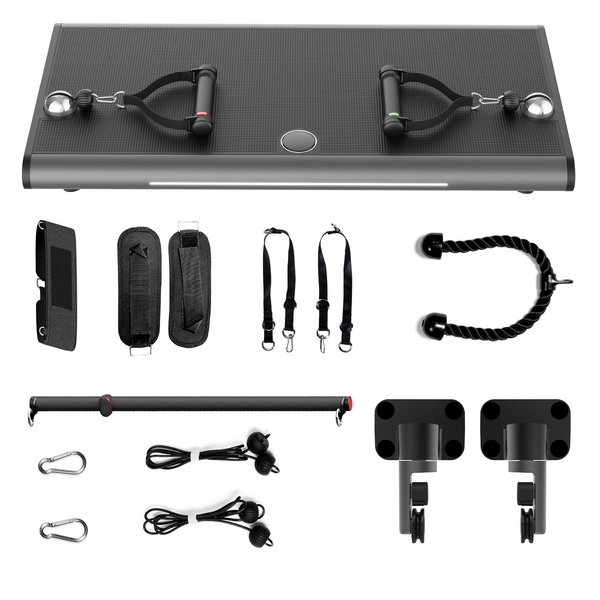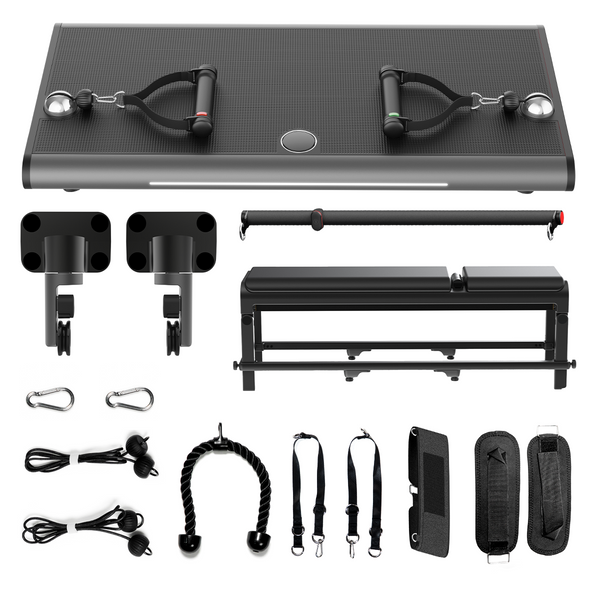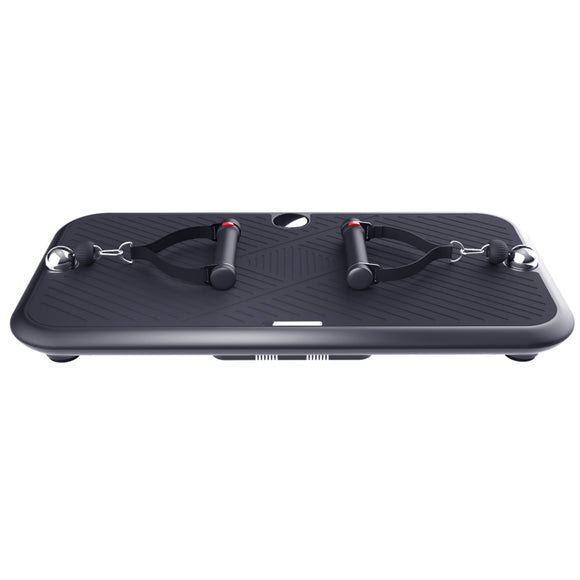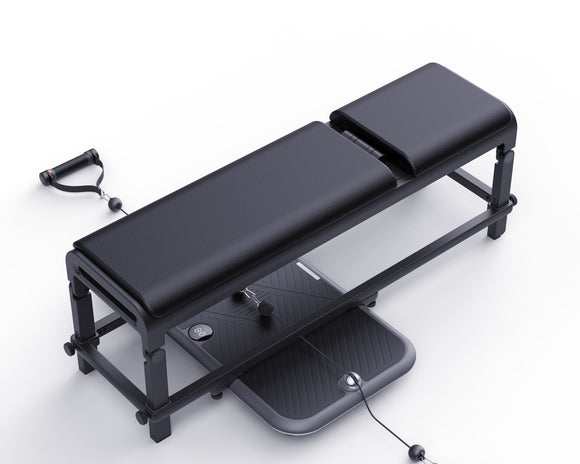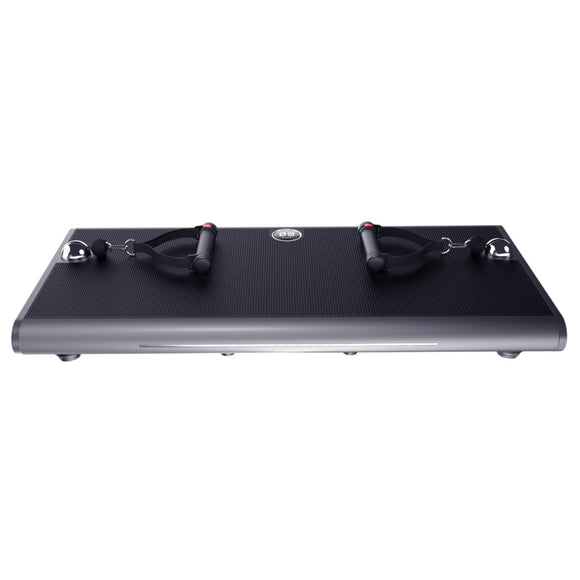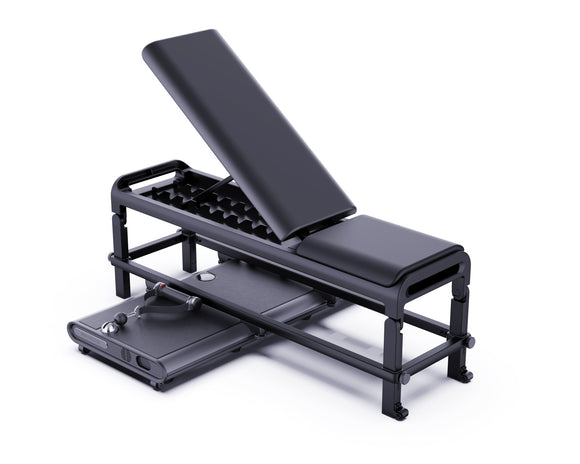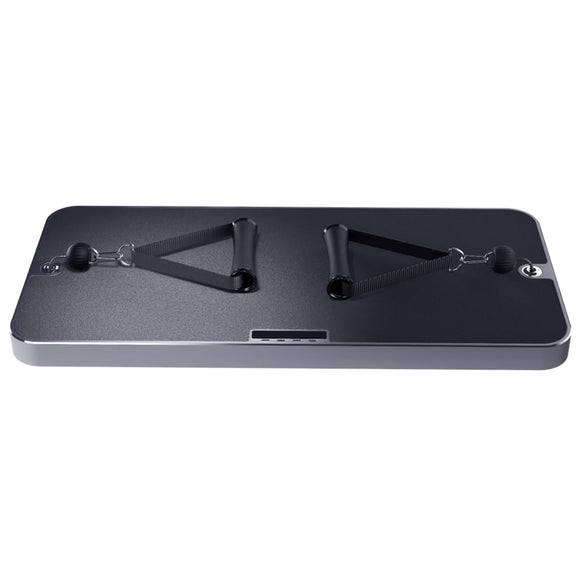In today’s fast-paced world, digital solutions are transforming how we approach fitness, making it easier and more convenient to stay healthy from the comfort of our own homes. Whether you're a fitness enthusiast or just starting your journey, incorporating digital solutions into your routine can enhance your workouts, provide real-time feedback, and help you reach your fitness goals faster. Here's how digital solutions are revolutionizing the fitness landscape.
1. Smart Home Gyms
One of the most exciting innovations in fitness technology is the rise of smart home gyms. These digital solutions combine traditional workout equipment with advanced technology to offer personalized training experiences. Products like the Innodigym P1 integrate AI to create custom workouts based on your fitness level, progress, and goals. These smart systems can adjust resistance, monitor your form, and provide real-time feedback, making your workouts more effective and engaging.
Unlike traditional gym equipment, smart home gyms offer the convenience of training at home, eliminating the need for memberships or long commutes. With built-in tracking features, users can easily monitor their progress, set goals, and receive recommendations for improvement, all from a single platform.
2. Fitness Apps and Wearables
Another key element of digital solutions is fitness apps and wearables. Fitness trackers, smartwatches, and mobile apps have become integral tools in the fitness industry. Devices like the Apple Watch, Fitbit, and Garmin provide real-time data on your heart rate, calories burned, steps taken, and even sleep patterns. Paired with fitness apps, these devices can help you create a personalized fitness plan, track your progress, and stay motivated.
Many fitness apps offer guided workouts, virtual coaching, and community support, allowing users to access expert-led training from anywhere. Whether you're into yoga, strength training, or cardio, these digital solutions provide a wide variety of workout options that suit your needs and schedule.
3. Online Training Programs and Virtual Classes
Digital solutions have also made fitness more accessible through online training programs and virtual classes. With platforms like Peloton, iFit, and Zwift, you can take part in live or on-demand workout classes from the comfort of your home. These programs offer a diverse range of workouts, from cycling and running to strength training and yoga, all led by professional instructors.
These virtual fitness programs often come with features like progress tracking, performance analysis, and even community challenges to keep you engaged and motivated. Plus, many programs allow you to work out at your own pace, fitting into your schedule without the pressure of gym hours.
4. Nutrition and Wellness Integration
Digital solutions aren't limited to workouts alone. Nutrition and wellness tracking have also become an essential part of the fitness ecosystem. Apps like MyFitnessPal and Cronometer allow users to track their food intake, calculate macros, and maintain a healthy diet aligned with their fitness goals. By integrating these nutrition apps with fitness wearables, users can get a comprehensive view of their health, from exercise routines to calorie consumption, making it easier to stay on track.
5. Personalized Fitness and AI Technology
AI-powered fitness solutions are quickly becoming the norm, providing users with highly personalized training experiences. With smart home gyms and fitness apps that use AI to track progress and adjust workouts, users can enjoy a fitness plan that adapts as they improve. These personalized solutions ensure that workouts are always challenging, ensuring better results and a more enjoyable fitness journey.


